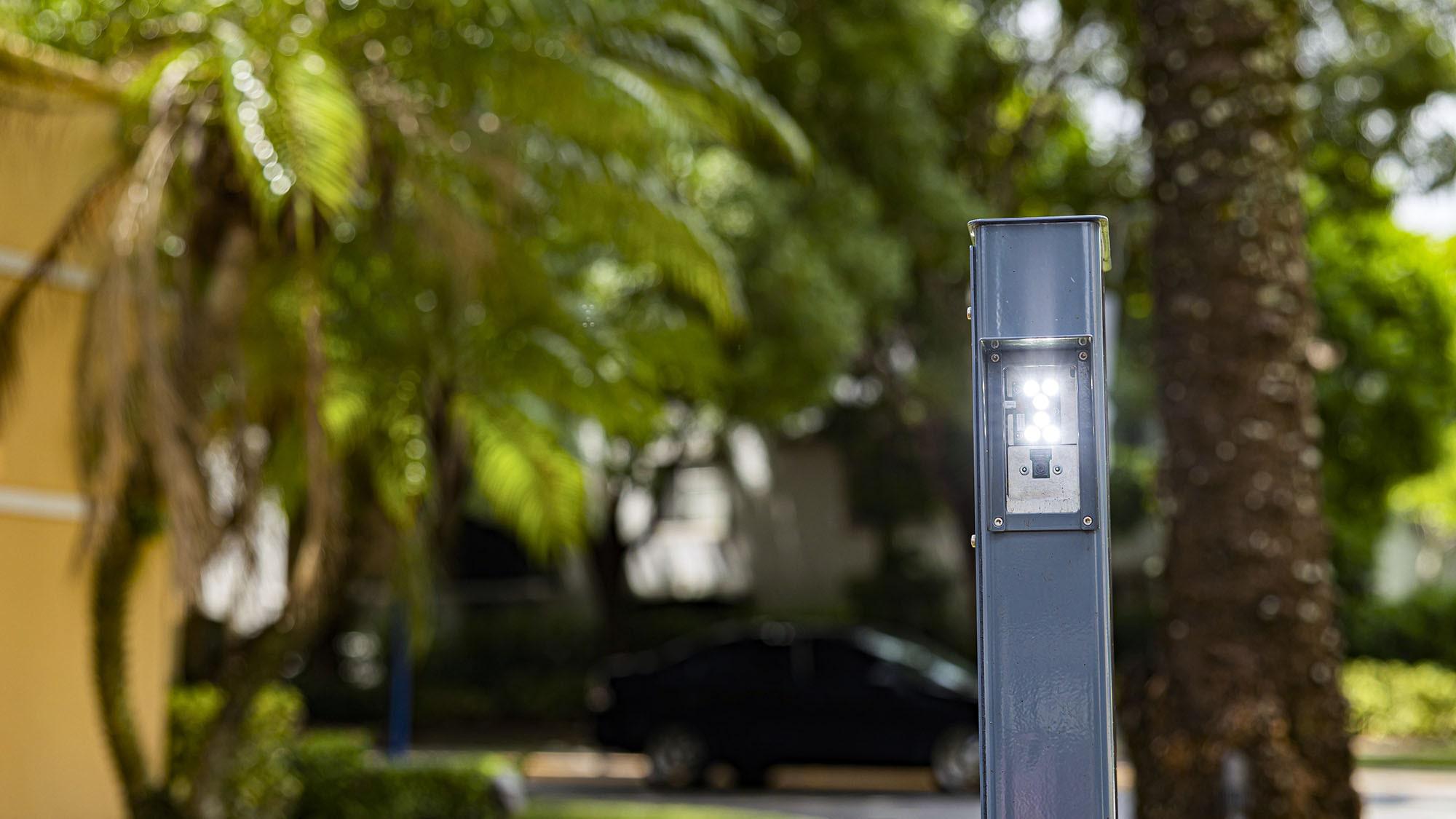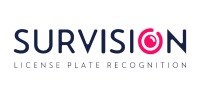Survision: Infrared or White Light, Which Is Best for License Plate Recognition?
Learn why choosing the correct illumination is an essential part of LPR accuracy.

We are accustomed to light all around us, but what we refer to as visible light, is just a small portion of the broader concept of electromagnetic radiation.
For License Plate Recognition, different lighting, visible and not visible, is used depending on the situation.
Why is that? Let’s start at the very beginning.
What is Light?
Electromagnetic radiation is composed of synchronized oscillations of electric and magnetic fields. Two fundamental properties of electromagnetic waves are frequency and wavelength. Frequency is "how often" a wave occurs in a given time period, and wavelength is "how long" one complete wave is from start to finish.

Figure 1 shows the electromagnetic spectrum in terms of frequency and wavelength. Note the visible spectrum (wavelengths ranging from 400 to 700 nm), which is the electromagnetic radiation that our eyes can detect. It is a small portion of the spectrum.
Other types of radiation you probably know are X-rays, used in medical imaging, and radio waves, utilized for transmitting radio signals. Each type of radiation has distinct technical applications.
One particular type is infrared light (IR), a type of electromagnetic radiation with wavelengths ranging from 750 nanometers (nm) to 1000 micrometers (μm). This type of radiation is not visible to the human eye, as it falls outside the visible light spectrum. However, wavelengths longer than 750 nm can be visible if they are bright enough. It is important to note that IR radiation can have a variety of applications, including remote controls, thermal imaging, and communication systems.
White light (WL) consists of the full spectrum of visible light. When an object receives this illumination, it absorbs all wavelengths except the one that is reflected; this is why we see different colors.
License Plate Recognition Lighting
In general, to capture an image in a camera, it is essential to have good object illumination. In the case of LPR cameras, a LED lamp is installed next to the camera to illuminate the vehicle plates. The reflected light is what is captured by the camera.

Different types of light are used to efficiently obtain a reflection on the license plate and therefore, a sharper image, which can be digitally processed with a more precise degree of accuracy.
The design of the license plate, including paint, raised letters, and background, determines the type of light to be used.
Although, the question here is what type of light do we use to illuminate the vehicle license plates? Depending on the country or region, a different type of vehicle license plate design is used, therefore different type of illumination is required to achieve optimal readings of the plates. In LPR, IR or white light is commonly used.
Infrared Light
The most common IR wavelengths used are in the range of 740nm to 940 nm. The advantages of using IR are that it does not disturb the driver, minimizing the risk of accidents due to dazzling light. The main disadvantage is that it is a monochromatic radiation, making it impossible to identify colors.

In SURVISION IR cameras, a filter blocks out all wavelengths except those in the IR wavelength range, effectively removing any non-IR reflective elements. This process cleans the image by eliminating the noise from the visible light spectrum, leaving a clear focus on the IR-reflective license plate.
White Light
When a license plate is full of colors, IR light proves to be challenging, making the readings less accurate or even impossible. In those cases, a white light needs to be used to obtain the desired reflection on the plate characters.
In SURVISION WL cameras, we use a filter that does the opposite of the IR filter. With this method, we obtain a higher contrast between the background and the plate, making the image look dark, except for the actual plate.

One of the main disadvantages of using WL is that it could bother drivers. That is why good aiming is needed to point the light directly to the plate and below the driver’s view.
WL can be used for every plate, as even IR-designed plates reflect in WL, but the reverse is not true in all cases. There are plates that do not reflect efficiently with IR. An advantage of using WL is that you will obtain a colored image of the plate.
Why is this important?
Choosing the correct illumination is an essential part of LPR/ANPR as accuracy can vary drastically if a plate is not reflective to that type of light.
In countries like France, where plates are standard and IR compliant (black IR reflective letters with white background), IR light is commonly used. On the contrary, in the USA, there is a wide variety of plate designs and colors, which is why it is always recommended to use WL.
License plate recognition is not only dependent of the correct light; angle and distance at which the camera is installed could also affect the readings.
Too much light (placing a camera to close) could cause an overexposure on the image making it bright and not readable, low light (placing a camera too far) could cause that the light doesn’t reach the plate and therefore the reflection is inexistent.
Besides the light, angle and distance, a fast recognition software and hardware also affects the customer’s experience. That is why you need to choose not only the best illumination for your case scenario but also the correct camera that brings everything together.
About SURVISION 
SURVISION is a global leader in License Plate Reading (LPR). Since 2001, with solutions being deployed in over 50 countries with more than 50,000 cameras thanks to a network of 900 Value Added Integrators. The quality of its R&D team allows SURVISION to work with world-class integrators for a complete set of innovative solutions for Smart-City, Smart-Parking, law enforcement, toll road collection, car-park management, and for local authorities.









Comments
There are no comments yet for this item
Join the discussion